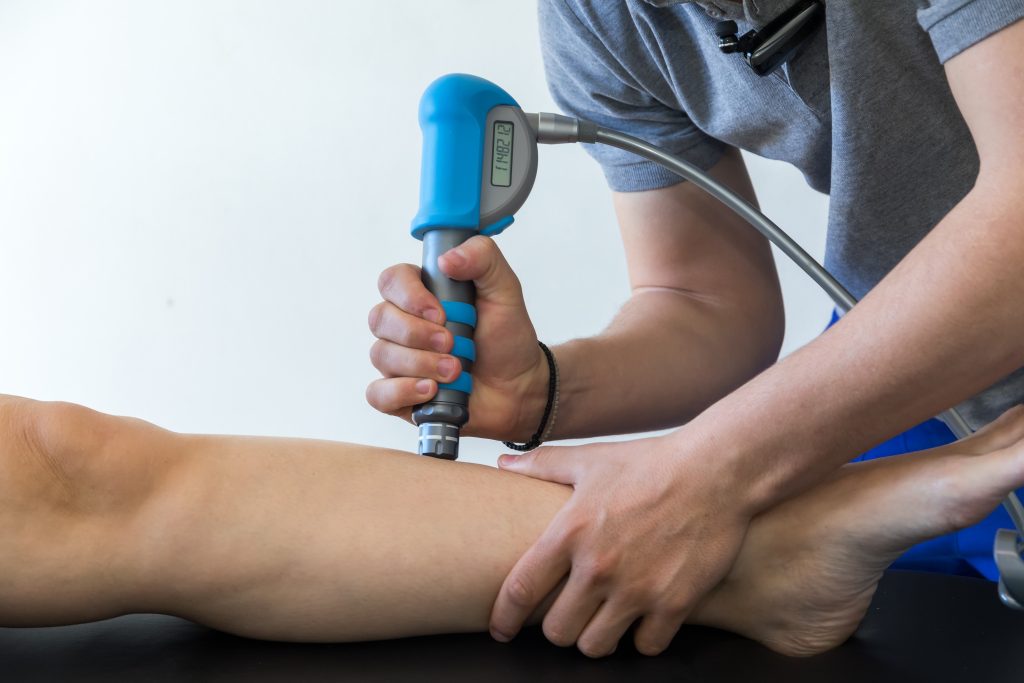Recovering from knee replacement surgery requires careful attention to the types of movements and exercises you perform. While physical activity is essential to regain mobility, strength, and flexibility, certain actions can slow healing, increase pain, or even damage the new joint. Knowing which movements to avoid is a critical step toward a safe and successful recovery. This guide highlights the most common knee replacement exercises to avoid and offers practical alternatives that support healing.
Understanding Knee Replacement Recovery
Knee replacement surgery is a transformative procedure that relieves chronic pain, restores joint function, and improves quality of life. The surgery involves replacing damaged cartilage and bone with a prosthetic joint designed to mimic the natural movement of the knee. After the operation, the healing process focuses on restoring strength, range of motion, and stability.
Recovery requires a balance between gentle activity and rest. Patients must follow structured rehabilitation plans provided by orthopedic specialists. Engaging in inappropriate exercises can compromise recovery, cause swelling, or stress the prosthetic joint. Identifying knee replacement exercises to avoid helps patients prevent setbacks and maximize long-term results.
General Guidelines for Safe Knee Exercises
While certain exercises can harm a recovering knee, safe, low-impact movements are crucial. Experts recommend starting with gentle stretching, short walks, and simple range-of-motion activities before gradually progressing to more challenging exercises. Consulting a physical therapist ensures that movements are appropriate for each stage of recovery and tailored to individual needs.
Safe exercise practices include avoiding sudden movements, using proper footwear, pacing activity levels, and listening to your body’s signals. Overexertion can lead to pain, swelling, or stiffness, highlighting the importance of identifying knee replacement exercises to avoid.
Knee Replacement Exercises to Avoid
High-Impact Activities: Running, jumping, and other high-impact exercises are among the most common knee replacement exercises to avoid. These movements place excessive stress on the new joint and surrounding tissues, increasing the risk of injury or prosthesis loosening. Activities like jogging on hard surfaces, plyometric workouts, or jumping rope can compromise healing and cause unnecessary pain.
Deep Squats and Lunges: Deep squats and lunges require extreme knee flexion, which can strain ligaments, tendons, and the implant. These exercises fall under high-risk knee replacement exercises to avoid, especially in the early recovery stages. Shallow squats or supported lunges may be introduced later with guidance from a physical therapist, but deep variations should be strictly avoided.
Heavy Weight Lifting: Lifting heavy weights that place load on the knees is another category of knee replacement exercises to avoid. Exercises such as barbell squats, weighted step-ups, or leg presses can damage the joint or surrounding muscles if performed prematurely. Using light resistance bands, bodyweight exercises, or gradually increasing weight under professional supervision offers safer alternatives.
Twisting or Pivoting Movements: Movements that involve twisting, pivoting, or sudden changes in direction are high-risk for recovering knees. Sports drills, rapid side-to-side movements, and certain yoga or dance poses fall into the list of knee replacement exercises to avoid. Rotational stress can destabilize the joint, irritate soft tissues, and delay recovery. Patients should focus on linear, controlled movements until the knee regains stability.
High-Resistance Cycling: Stationary cycling with high resistance may seem like a low-impact exercise, but it can strain a newly replaced knee. Pushing against significant resistance or cycling for prolonged periods can irritate the joint and surrounding muscles. High-resistance cycling is included among the most common knee replacement exercises to avoid. Patients can safely benefit from moderate resistance and shorter durations, gradually increasing as strength and mobility improve.
Safe Alternatives and Modifications
While avoiding risky exercises is crucial, safe alternatives support mobility and recovery. Walking, swimming, and gentle stationary cycling help maintain cardiovascular fitness and encourage joint movement without overloading the knee. Low-resistance strength training, gentle stretching, and physical therapy exercises focus on restoring function gradually.
Using assistive devices such as walkers or resistance bands under guidance allows patients to perform exercises safely. Controlled, low-impact activities improve circulation, reduce stiffness, and build strength without exposing the joint to unnecessary stress.
Signs You’re Overdoing It
Even when performing safe exercises, overexertion can harm recovery. Warning signs that an exercise may be too intense include swelling, redness, pain, instability, or decreased range of motion. Experiencing these symptoms signals the need to stop the activity and consult a medical professional. Regular monitoring ensures that rehabilitation stays on track while minimizing the risk of setbacks.
Expert Advice from Hips and Knees Joint Restoration and Replacement Center
At Hips and Knees Joint Restoration and Replacement Center, patients receive expert guidance throughout the recovery journey. Our team specializes in minimally invasive knee replacement surgeries and prioritizes personalized rehabilitation plans. Each patient benefits from professional monitoring, telemedicine follow-ups, and safe exercise recommendations tailored to individual needs. Avoiding high-risk movements is a key component of our recovery strategy, ensuring long-term joint health and improved mobility.
Takeaway
Avoiding high-impact, twisting, heavy-load, and deep-flexion exercises is essential for a safe knee replacement recovery. Following structured rehabilitation plans, using safe alternatives, and monitoring progress ensures optimal joint function and long-term mobility. Patients at Hips and Knees Joint Restoration and Replacement Center receive expert support, personalized recovery guidance, and telemedicine follow-ups to make rehabilitation safe and effective. Understanding which knee replacement exercises to avoid is the first step toward a pain-free, active life.
Frequently Asked Questions (FAQ)
Can I run after knee replacement surgery?
Running is generally considered a high-impact activity and falls under knee replacement exercises to avoid, particularly in the early stages. Patients should consult their surgeon before attempting running or jogging.
How soon can I start exercising after knee replacement?
Gentle, low-impact exercises often begin within days of surgery, but high-risk movements must be avoided. Progression depends on individual healing rates and guidance from physical therapists.
Are there exercises that speed up recovery safely?
Yes. Walking, swimming, stationary cycling at low resistance, and guided physical therapy exercises promote healing without stressing the joint.
How do I know which movements are risky?
Movements causing pain, twisting, pivoting, heavy loading, or high impact are generally considered knee replacement exercises to avoid. Always consult a healthcare professional for personalized advice.











